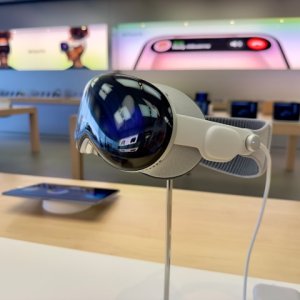Casting a 3-D Approach

STORY INLINE POST
Q: What are the benefits of creating new products in Mexico and how open is the country to innovation?
A: Mexico is an interesting market. It is a country with a large population with different problems, so there are plenty of fields in which we can innovate. The creation of innovative products should be aligned with national needs. But it is important to understand that the distribution chain for the healthcare sector is different in Mexico than in other countries. The government, the private sector, integrators and distributors interact based on different interests. Also, there is a strong regulatory environment here and if you are a startup, raising resources for a product you are not yet selling can be complicated because it needs to be certified. One of the advantages in starting with innovative products is the possibility of being recognized in other ways, such as through published papers or giving keynote speeches in hospitals and medical congresses. Entrepreneurs can be recognized through competitions. We have won some in Mexico and Europe and that was our main source of funding in the beginning. We also received some government aid and now we are closing our first round of investment. Most of our money goes to R&D and the government helped us through programs offered by the National Institute of Entrepreneurship (INADEM).
Q: How much is 3D printing used in healthcare and what are the technology’s main advantages?
A: In Mexico not very much. Aside from MediPrint, I have only seen some instances in which disabled people are given or sold prosthetics that have no regulatory approval. That is illegal but there is a need that has to be satisfied, which wasn’t happening at an adequate market price point. Besides that, 3D printing is not something broadly used yet. This technology is available and used around the world but not as much as it should be. 3D printing has been around for 30 years but many patents held by big companies expired just a few years ago.
Q: What are the potential healthcare uses of this technology?
A: McKinsey says the 3D printing market will reach around €500 billion by 2020. Deloitte has said that 60 percent of that market will be in healthcare. This makes sense to me because although there are applications for the automotive and aerospace sectors, they usually work B2B. None of them are B2C. Health is probably the only market that requires printing to be B2C, which is why it will grow a lot. Also, we have made many improvements. We can print hydroxyapatite, the material that makes up between 50 and 60 percent of human bones. If we print this material and implant it into a person using stem cells, the body will react to its foreign shape as if it were made of bone cells and real bone will form around it. This is something that could be possible in the next few years. The problem is that certification for something of this kind is extremely complicated. It requires a cleanroom that costs millions of pesos. It is complicated for startups to fund elements such as cleanrooms and big companies do not do it yet because they are not sure about entering this B2C 3D printing market. It is complicated but I think it will happen.
Q: How is the 3D printing industry regulated in Mexico?
A: There is no effective regulation for 3D printing around the world. The FDA has just started thinking about regulating it differently from other devices but technology will always advance faster than regulation. 3D printing can make almost anything but you need to regulate every product that comes out of the printer. If the product is sufficiently different from another, there must be another piece of regulation. That is why people are only producing one product and why regulating institutions such as the FDA are thinking of implementing a special scheme. It is complicated though. How will you know that someone printing casts but who also wants to do brackets will do them correctly? That is why I think regulation is there for a reason, to protect people. So far in Mexico we do not have a specific regulation or norm for 3D printing and we have to comply with the general norms regulating casts.






















